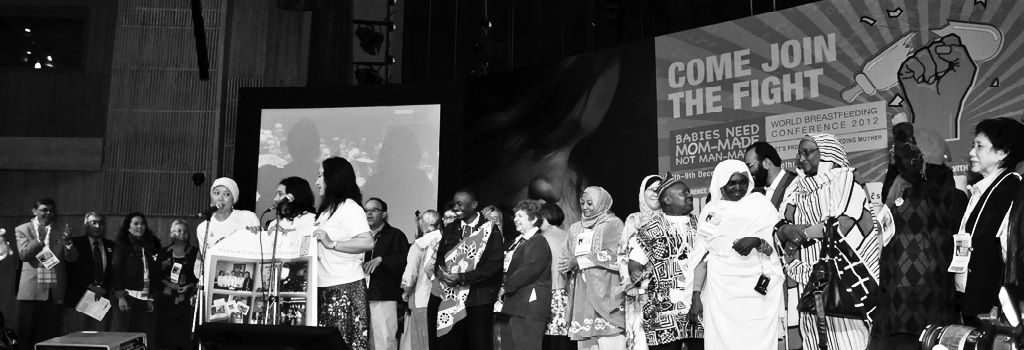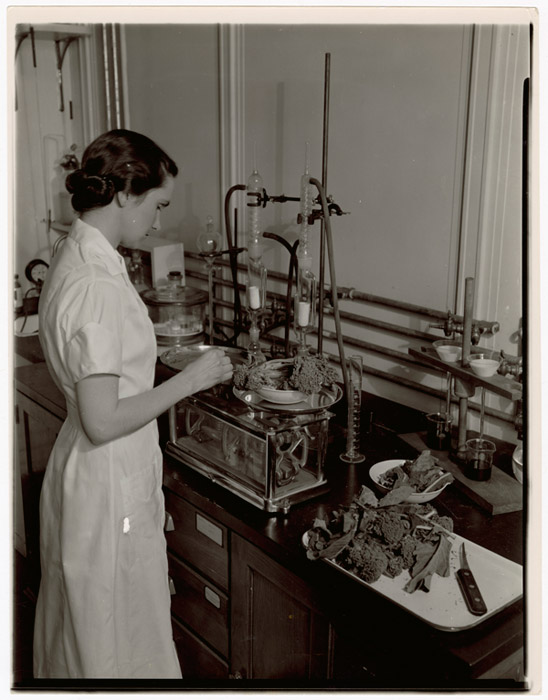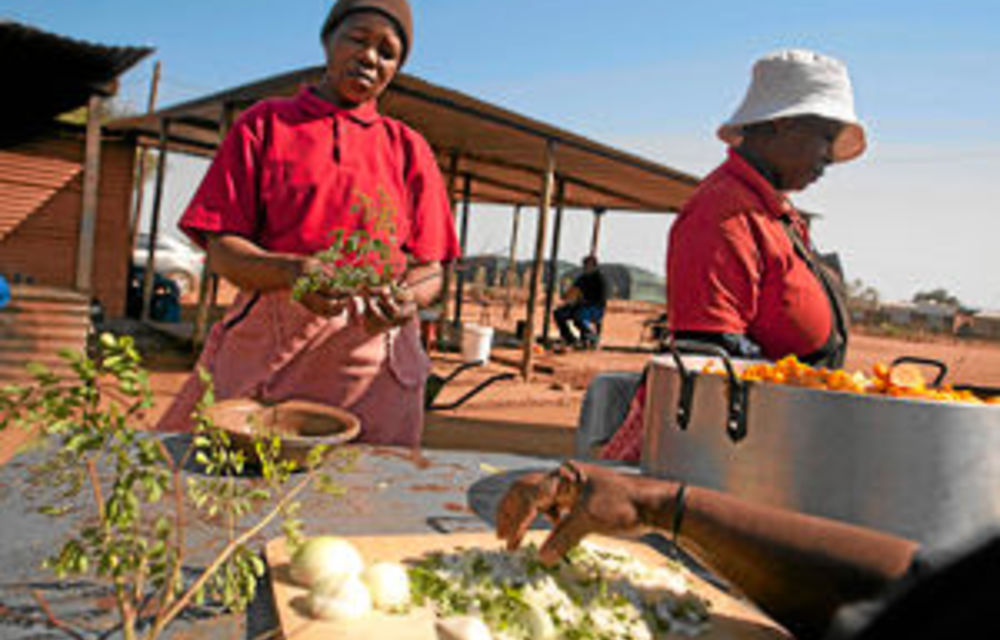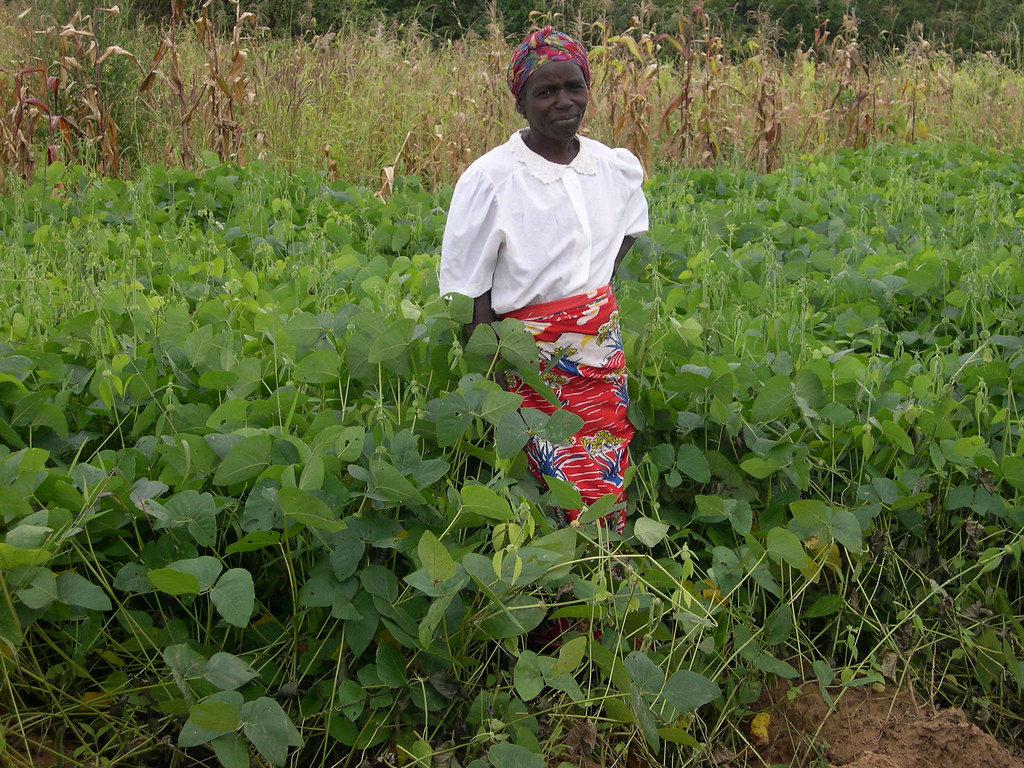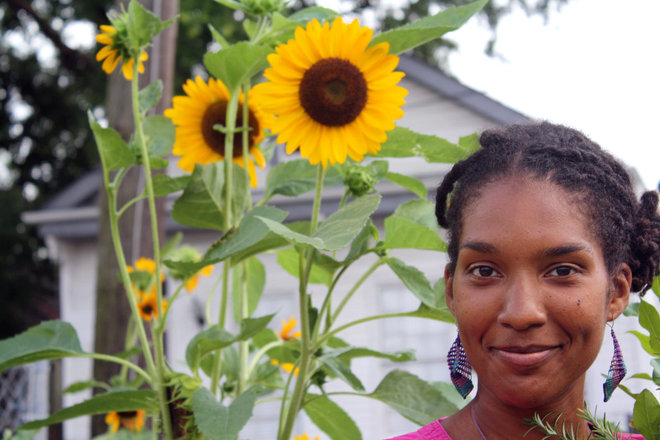Last week women who work as manipuladoras de alimentos for public schools in Chile met with the government in Santiago to negotiate contract issues that have been going on for over a year. To show support for the negotiators, manipuladoras from regions throughout Chile organized a peaceful demonstration outside the government offices. Special forces showed up in buses wearing riot gear and sprayed the crowd with hoses. They beat one woman for “blocking traffic” and detained her along with twelve others.
When the police hauled these twelve women away, the union leaders withdrew from negotiations until they were released. At that point, the union was able to get the government to agree to an across-the-board salary increase to $300.000 CLP per month ($441 US per month for a full-time job — this in a nation that strives to attain “developed” status in the international economic community by 2020), and a yearly bonus of $67.500 CLP ($99 US). Importantly, the union was also able to stop the government from reclassifying many of the manipuladoras as “maids” who would receive lower wages.
While the government is the target here, the manipuladoras have had to appeal to them because the private companies that actually employ the women have repeatedly broken their contractual agreements without recourse. Some of these companies are under investigation for fraud, and one company that went out of business after a fraud investigation simply stopped paying the women. Because their job is to provide food for children, they continued to show up for work for two months without being paid.
Now the government has made a splashy announcement that October 30 will be the national Dia de la Manipuladora. The women are not impressed, and they vow to continue to fight for their own rights and protections:
“We will not give up! We’re not just machines that generate profits to the national and foreign companies that have been sold the feeding of our students. We’re not statistics, much less maids. We are people and we are demanding what rightfully belongs to us.”
¡Arriba las que luchan!
(Photo Credit: Sandra Carola Olivares Martinez)


